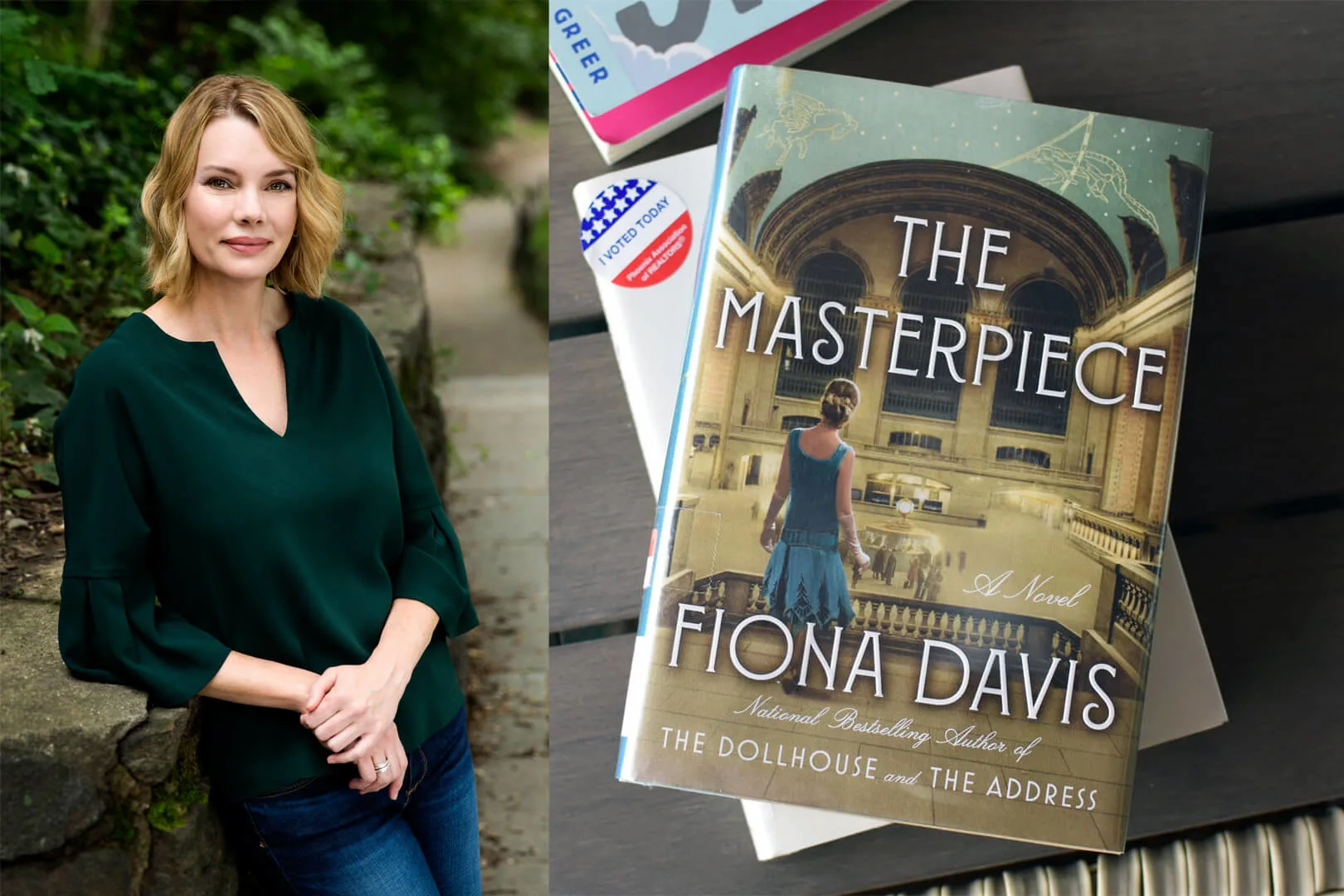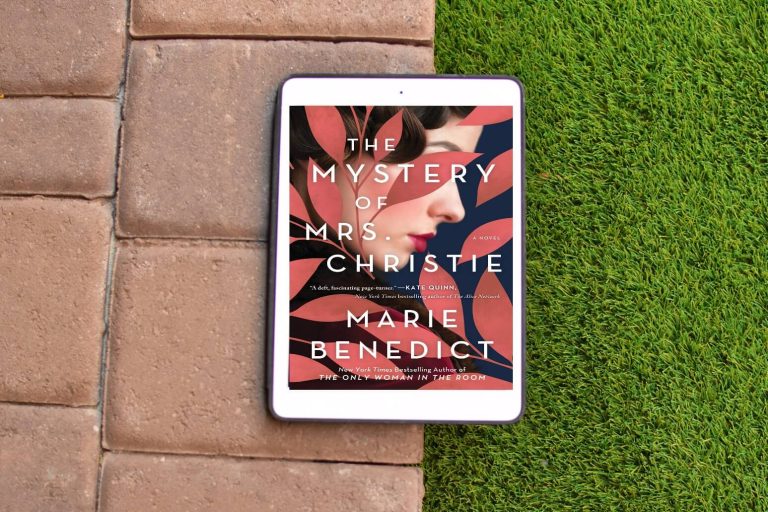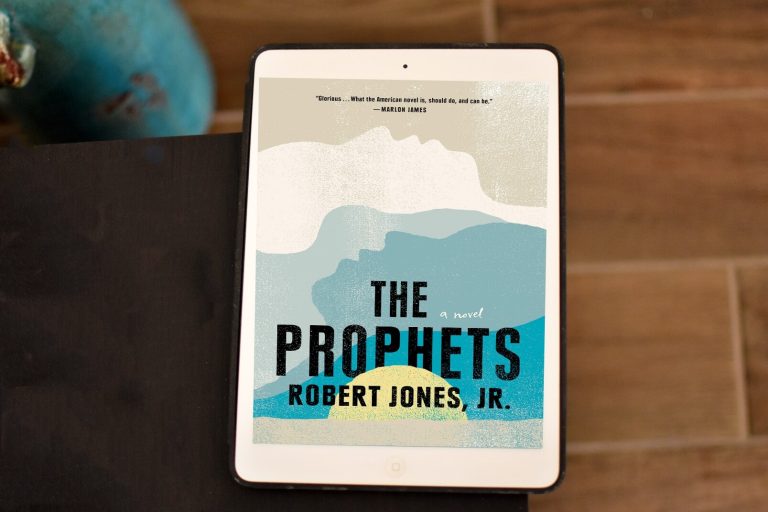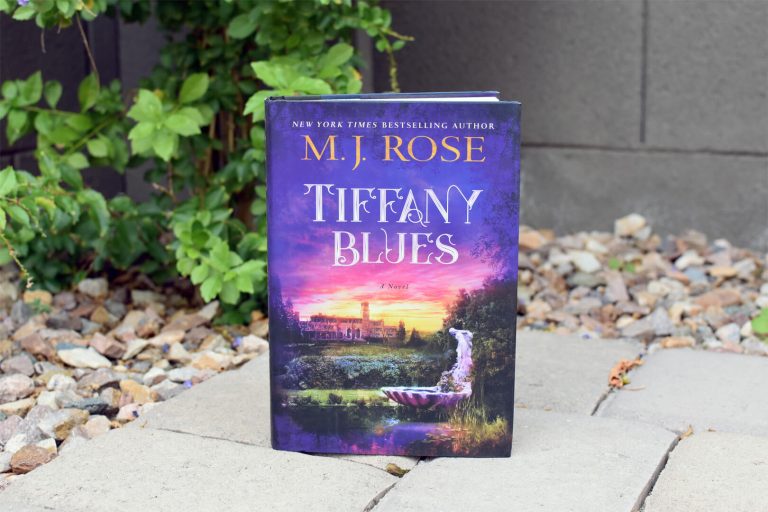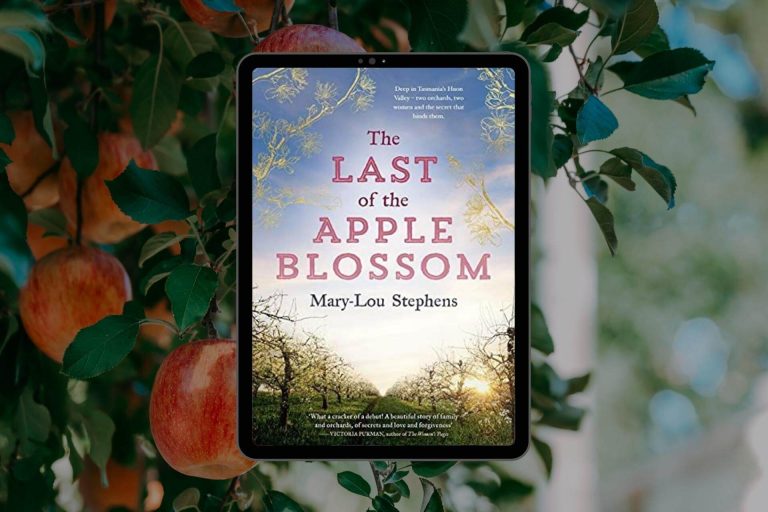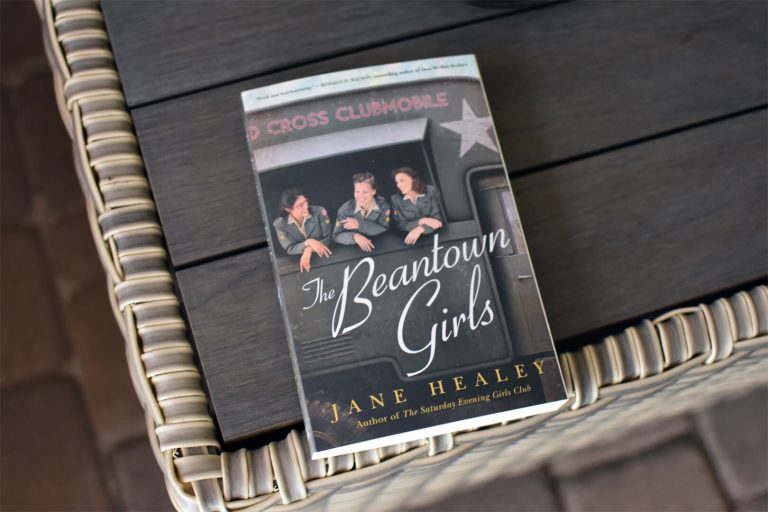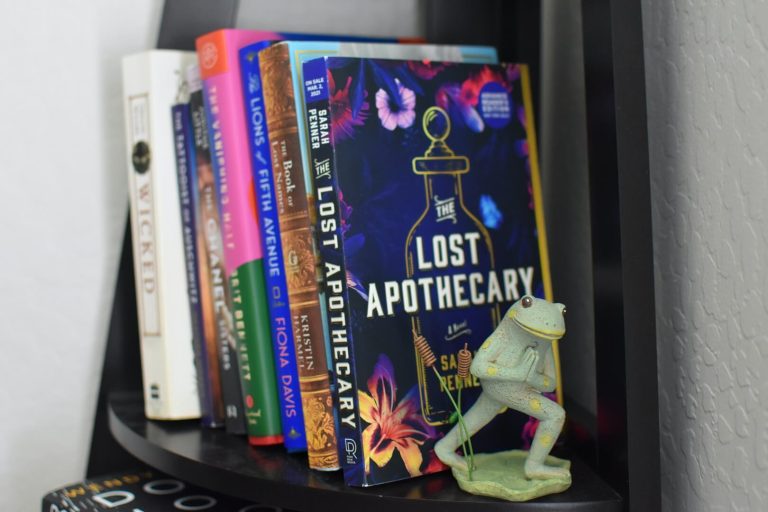Fiona Davis is the author of the novels The Masterpiece, The Address and The Dollhouse. Fiona began her career in New York City as an actress, where she worked on Broadway, off-Broadway and in regional theater. After getting a master’s degree at Columbia Journalism School, she fell in love with writing, leapfrogging from editor to freelance journalist before finally settling down as an author of historical fiction.
The Masterpiece by Fiona Davis is a beautifully written novel about two women striving to make their mark on the world (be sure to check out my preview, review and book club questions). I so enjoyed it!
Get to know Fiona with the below Q&A where she talks story inspirations, research process for her novels, balancing fact and fiction in historical novels and more.
Q: What are some of your favorite novels?
A: Growing up, I loved Agatha Christie and Laura Ingalls Wilder. As an adult, I’m drawn to historical fiction (no surprise there!) Some favorites include People of the Book by Geraldine Brooks, The Perfume Collector by Kathleen Tessaro, and Mary B. by Katherine J. Chen.
Q: When did you know you wanted to become an author?
A: The decision came pretty late, to be honest. I was in my late 40s, working as a journalist, when a story idea came my way that I just couldn’t shake. That ended up becoming my first book, The Dollhouse, which is set at the Barbizon Hotel for Women in the 1950s.
Q: Where do you draw your story inspirations from?
A: I start with the setting. For my second book, The Address, I chose the Dakota apartment house on New York City’s Upper West side, the place that’s probably best known for being where John Lennon was shot. I find the most inspiration while doing research on the buildings and seeing what historical characters pop up.
Q: How important is the setting for you when you’re deciding on your next story?
A: Very important – I love the way that New York City’s history has changed over time, and how its skyline reflects those changes. Not to mention the many stories within those buildings, as generation after generation laid claim and then disappeared.
Q: How much research goes into crafting your novels?
A: Since I was trained as a journalist, I’d say a ton. I love the first few months of a project, where I’m interviewing experts, touring buildings, and learning as much as I can about the history of a place and the people connected with it. From there, I winnow down to the historical time periods that offer the juiciest possible stories and drama, and then begin developing the plot and characters.
Q: I love that I always learn something new when I read a historical fiction novel. When writing historical fiction, how do you find the right balance between fact and fiction?
A: I like to think of the historical facts as a framework that supports my fictional characters. I find avid readers of historical fiction want to be immersed in that particular time period, but in a way that feels specific to the plot, not like the history is being force-fed. So the author’s job is to pick out salient details without showing off how much we’ve learned – it’s a tricky balance, especially since we’ve done so much research and are eager to share what we know. But to me, the plot and characters drive the story, first and foremost. I love mystery, plot twists, and taking the reader on an unpredictable journey.
Q: Let’s talk about The Masterpiece. Are Clara and Virginia based on real people?
A: Virginia is not, but Clara is inspired by a real artist named Helen Dryden, who led an incredible life but has mostly been lost to history. She was a teacher at the Grand Central School of Art, an illustrator who did over 90 covers for Vogue magazine during the Jazz Age, was named the highest-paid female artist in American in the 1930s, and then pretty much disappeared.
Q: When did you learn about the art school in Grand Central?
A: I learned that it was co-founded by John Singer Sargent in the 1920s, existed for 20 years, and had 900 students a year. The school was located on the top floor of the east wing of Grand Central, and there was also an art gallery a floor below. I was surprised to find that no one really knew that, and decided right off it would be a great location for the story.
Q: Can you give any hints regarding your next book?
A: You bet. It’s called The Chelsea Girls and will be out in July, 2019. The location is primarily the Chelsea Hotel, which was the home to poets, musicians, writers, filmmakers – an eccentric cast of characters. The main ones are a playwright and an actress (both women) trying to mount a play on Broadway during the McCarthy era.
Q: What books are you currently reading and what’s on your to be read (TBR) list?
A: I’m currently reading The Lake House by Kate Morton, which I hadn’t read before. Up next is Chanel Cleeton’s When We Left Cuba, which I can’t wait to dive into.
Click here to buy The Masterpiece on Amazon.
